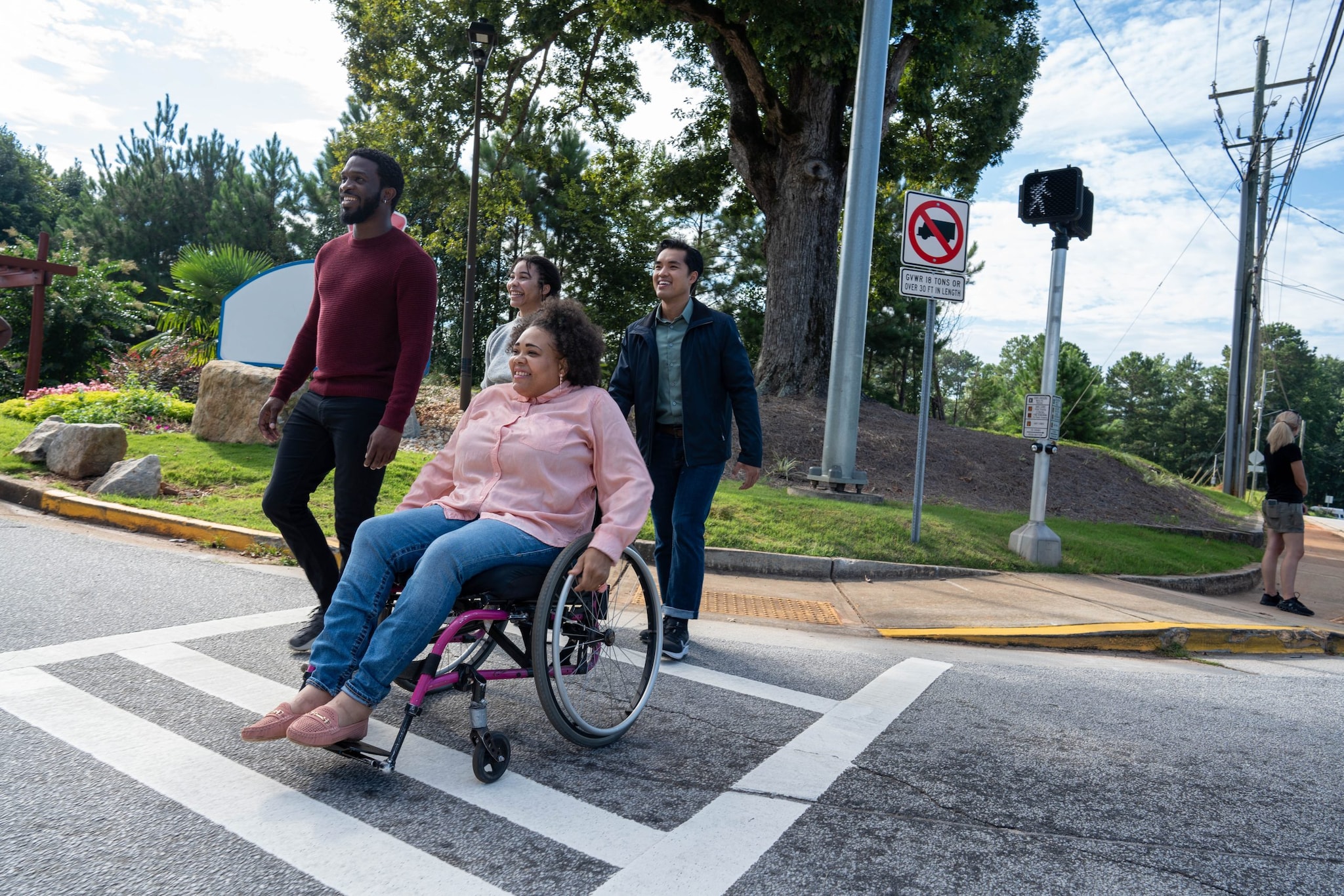At a glance
- Built environment features affect health, including access to opportunities to be physically active.
- This manual explains the importance of understanding and measuring the built environment.
- The tool helps you measure the core features and qualities of the built environment.
What the built environment includes
The built environment includes the physical makeup of where we live, learn, work, and play. It involves homes, schools, businesses, streets and sidewalks, open spaces, and transportation options. The built environment can influence overall community health and individual behaviors such as physical activity and healthy eating.
Challenges
Program staff and evaluators at the community level may find it hard to know which features of the built environment they should measure. The options depend on the health behaviors and outcomes they are trying to affect.
Many proven tools are available to measure features of the built environment. It is important to know which ones are accurate and feasible.
Built Environment Assessment Tool and Manual

The Built Environment Assessment Tool (BE Tool) measures the core features and qualities of the built environment. These features, especially physical activity opportunities for walking and biking, can affect health.
The core features assessed in the BE Tool include:
- Built environment infrastructure—road types, curb cuts and ramps, intersections and crosswalks, traffic control, and public transportation.
- Walkability—access to safe, attractive sidewalks and paths with inviting features.
- Bikeability—presence of bike lane or bike path features.
- Food environment—access to grocery stores, convenience stores, and farmers markets.
- Recreational sites and structures.
Users can add questions or modules if more detail about an aspect of the built environment is desired. Examples include the nutrition or pedestrian environment.
The tool also offers guidance on training data collectors, selecting and assessing street segments, and managing and analyzing data.
Download the BE Tool manual
To begin assessing the built environment in your community, download the BE Tool Manual.
